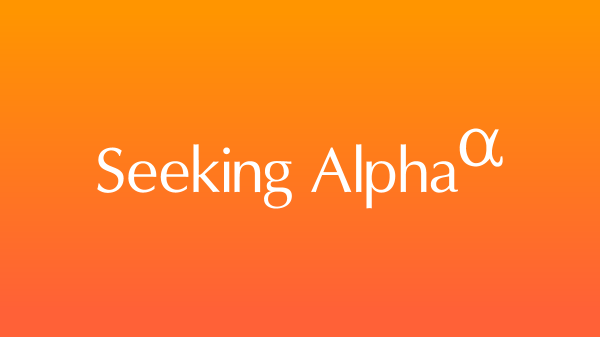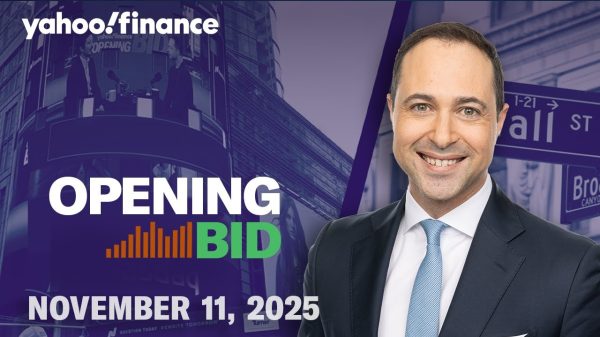Vivian Rosenthal charges US$400 an hour to coach clients on something that most should have mastered at birth: breathing.
But you probably aren’t breathing quite as effectively and efficiently as you could, according to experts like Rosenthal, founder of Frequency, a New York City-based breathwork studio. In a stressed-out world full of shallow breathers with divided attention, she’s part of a booming industry of wellness practitioners bringing people back to one of their most primal functions.
“If you are a human in 2024, chances are you’re dealing with stress, anxiety, insomnia, actively working on trauma, or PTSD, and that a somatic body practice could help,” she says.
Welcome to the year of the breath—whether the technique is kundalini, pranayama, or holotropic—the message is the same: just breathe (with a breath coach).
A Magic Wellness Bullet
For the uninitiated, “breathwork is an active and energizing form of meditation that allows the conscious mind to relax and taps into the subconscious mind, which is ideally done by laying on the back and is a three-part breath all in and out through the mouth,” says Dr. Sarah Rothman, a Maui-based naturopathic doctor and a breathwork facilitator.
Regular breathwork—part of a broader spectrum of “somatic” exercises—can address so many of our modern ailments, experts say. “There are more scientific studies that show us the importance of breathing properly for our respiratory, cardiovascular, and digestive systems, and to manage sleep deprivation,” says Cinthya Molina, a clinical psychologist at SHA Spain. (Molina says some of the specialists at SHA Spain have a master’s degree specifically in breathing.)
It’s no mystery then why the wellness world is looking to level-up their somatic offerings, expanding far beyond basic inhales and exhales. People are paying hundreds of dollars to learn the “right” way to breathe. There “are many forms of breath practices,” but what is ideal, Rothman says, is “breathing through the nose because it brings us deep into the parasympathetic nervous system.” Pranayama, a three-part breathwork that is more mouth focused, she says, “can be life changing for depression, anxiety, trauma, sleep, immune function, and chronic pain.”
At Auberge, the California-based hospitality company that has partnerships with popular health brands like the Well and Onda, “most of their therapists are trained in breathwork,” says Vivianne Garcia-Tunon, vice president of well-being at Auberge Resorts Collection.
“The incredible demand for somatic therapists, particularly breathwork, is undeniable and as a wellness practitioner,” she says, adding that she expects the trend to gain more momentum over the coming decade.Breathwork programming at Auberge properties, where rooms typically start in the four figures, have included everything from “breathing for joy” to “breathing for hormonal health.”
Breathing, Like Sleeping, Is Now a Commodity
Raj Goyle, a 48-year-old technology CEO and entrepreneur who isa private client of Rosenthal’s, says breathwork “immensely” helped him handle the grief of losing his father.
“If we all spent more time on breathwork, meditation and reflection, the world might well be a better place,” he says.
MORE: Chef Alain Verzeroli on a Surprise Michelin Star, a Little-Known Hobby, and Other Favorite Things
But breathing properly doesn’t come cheap, particularly when you call in the experts. At SHA Spain, the rebalance and energize program starts at US$2,600 (not including the room) and includes facilitated sessions focused on “proper breathing techniques” and using “the breath to uncover emotions.” But that could be a small price to pay.
Rosenthal says she’s witnessed miracles through breathwork. “I’ve seen people overcome disabling trauma and PTSD. And I have seen people with severe panic disorders find relief and those with insomnia learn to sleep again, just by literally learning to breathe deeply,” she says.
In that way, breathwork is a close cousin of another darling of the wellness industry: sleep, which has also become a highly valued commodity.
At Rosewood London’s wellness center, where about half the clientele is local, “people are prioritizing sleep more than ever,” says Ricardo Dos Inocentes, the hotel’s spa director. Breathwork is part of their “antidote sleep treatment,” a US$400 experience, that includes guided breathing to induce sleep.
“One in three people in the United Kingdom,” Dos Inocentes points out, “suffer from poor quality sleep,” citing research published by the Mental Health Foundation, a U.K.-based nonprofit focused on mental health.
Not all breathing exercises have to cost hundreds of dollars, however. Sacha Bell, 35, vice president of media relations at Rachel Harrison communications in New York City, started a breathwork practice after listening to an interview with breathing coach James Dowler. She decided to join a session of Dowler’s on Instagram Live during the pandemic.
“I immediately felt its effect on my body,” Bell says. “I’ve always experienced anxiety and as a consequence, I am well aware of how it can affect the breath.”
Read the full article here












